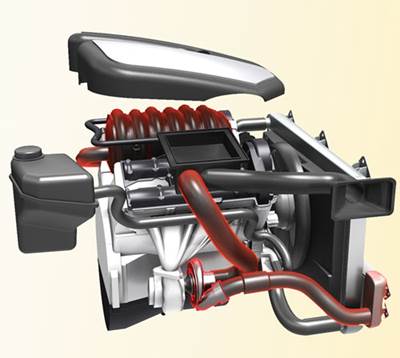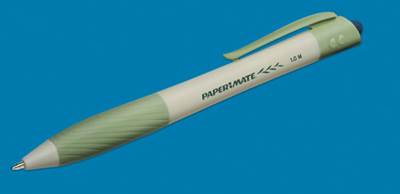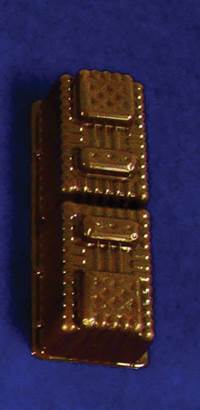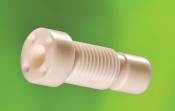Biopolymers
K 2010 Preview, Materials Higher Performance, Better Processing, And Now Sustainability Share Spotlight at K
The K 2010 show will present new plastics materials for a wide range of industries, which makes it hard to generalize, but a few markets stand out prominently: packaging, medical, automotive, and electronic equipment.
Read MoreMaterials Additives & Blends Take PLA Upscale
The second conference on biopolymers hosted by NatureWorks testified to the burgeoning interest in this new field of plastics.
Read MoreInjection Molding PHA Bioplastics: Validating Moldability for Paper Mate Pens
As part of the commercialization process for Mirel PHA bioplastics, it became necessary to validate the injection molding process for a high-profile consumer products launch.
Read MoreEntrepreneur Puts Mixed-Polymer Recycling On Track to Success
Polywood Inc. in Edison, N.J., uses mixed recycled plastics to make fiber-reinforced structural profiles for railroad ties, I-beams, and decks.
Read MoreThey Hit the Market Running
Three years ago, when Martin Grohman and Michael Hurkes started Correct Building Products in Biddeford, Me., it wasn’t so much a start-up as a rocket launch.
Read MoreFulfilling a Dream of Moldable Wood
It smells like wood, looks like wood, and has the same mechanical and chemical properties as wood.
Read MoreThermoforming PLA: How to Do It Right
Polylactic acid (PLA) resins are made from 100% renewable resources such as corn, sugar beets, or sugarcane.
Read MoreA Quiet Revolution In Materials Characterization
In December, about a dozen representatives of European chemical companies gathered in Aachen, Germany, to celebrate the 20th anniversary of a quiet revolution in plastics.
Read MoreBio-Resins Tackle Durable Applications
Bioplastics were initially created for single-use applications like packaging and hotel key and gift cards.
Read MoreOrganic Biocide for Long-Lasting WPC Composites
WEB EXCLUSIVE A new organic biocide is said to significantly increase the lifespan of wood plastic composites (WPCs), by ‘dramatically’ reducing the adverse effects of mold or microorganisms that cause discoloration.
Read More








